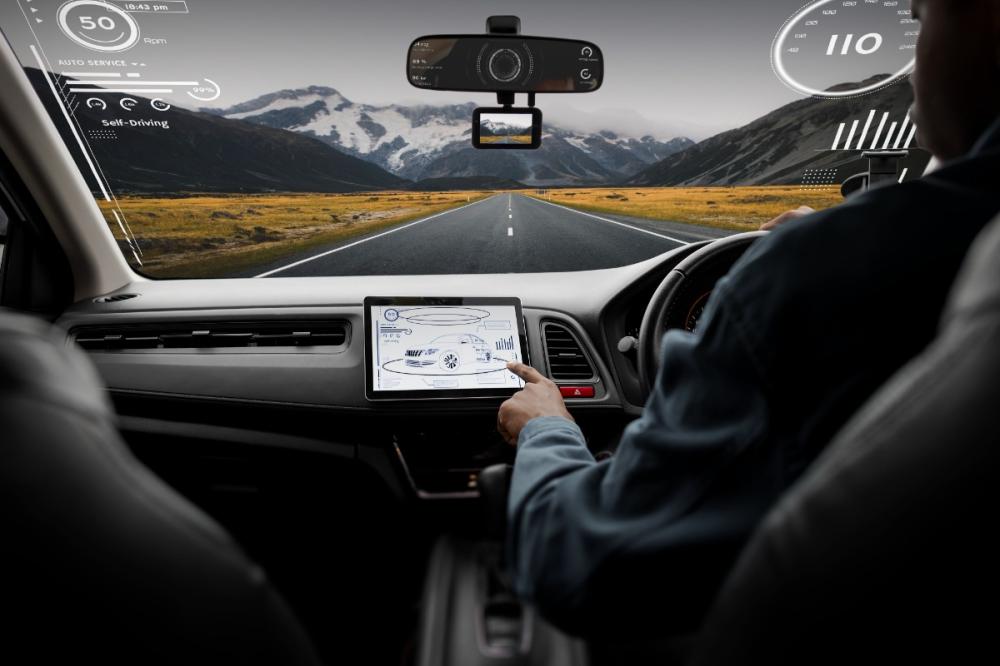search
date/time
 | Lancashire Times A Voice of the Free Press |
12:00 AM 13th October 2025
frontpage
Is Reliance On In-Car Technology Making US Worse Behind The Wheel?

Photo: Freepix/rawpixel.com
Older drivers were the least likely to think this (36% of over 65’s) and those aged 25-34 were the most likely (51%), perhaps indicating confidence in driving skills and with using these features increases with experience.
However, the AA Driving School survey also shows, as built-in technology becomes more prevalent in vehicles, many drivers admit they take confidence from driving cars with these features.
Built-in sat nav and parking sensors are the most confidence-boosting pieces of driver assistance technology with more than one in ten drivers admitting they would not feel confident driving a car without them (13% built-in sat nav; 11% parking sensors).
Only around half of drivers feel ‘very confident’ driving a car without parking sensors (49%); parking cameras (55%) or blind spot monitoring (53%).
Less than half (44%) feel ‘very confident’ driving a car without a built-in sat nav (or direction app, google maps etc)
Just three-fifths of drivers are ‘very confident’ driving a car without an electronic parking brake (62%); hill-start assist (62%) and traffic-sign recognition (61%)
Around one third of drivers are not ‘very confident driving’ a car without cruise control (29%); speed limiters (33%) or lane keeping assist (34%).
Technology training driving instructors of the future
As well as improving drivers’ confidence, technology is also helping shape the way people train to become driving instructors.
AA Driving School has been using virtual reality technology to train the driving instructors of the future for five years – helping them feel comfortable with technology and getting them through their training faster than traditional courses.
With the population of 16 -and-17-year-olds increasing**, now is a good time to consider switching careers and training to become a driving instructor.
Evolving driving test adapts to new technology
This month (October) sees the 15th anniversary of independent driving being included on the driving test – one of many changes brought in to ensure learners are adequately prepared for life on modern roads.
The independent driving section of the driving test originally saw learners follow verbal directions from an examiner or road signs. In 2017 it was further updated to include following directions from a sat nav – underscoring the importance of drivers being able to effectively use in-car technology.
Technology is becoming more and more central to all aspects of our lives.
Driving is no different, whether that’s as a learner following a sat nav on their driving test; a trainee driving instructor studying with virtual reality training or a qualified driver relying on parking sensors to squeeze into a space.
Understanding how to make the most of the technology available, and feeling confident with it, is an important part of learning to drive.
Technology also plays a vital role for us in our virtual reality driving instructor training, which allows people to train faster and get on the road to their new career quicker. Our goal is to ensure all drivers, including learners and instructors, have the confidence to use technology to improve their driving experience.